Pointers on nutrition and exercise for heart health

We all want to be heart healthy, and ensuring healthy levels of cholesterol — a fat, or lipid, carried through the bloodstream — is the first step.
Advertisement
Cleveland Clinic is a non-profit academic medical center. Advertising on our site helps support our mission. We do not endorse non-Cleveland Clinic products or services. Policy
Low-density lipoprotein or LDL (bad) cholesterol contributes to plaque buildup along with triglycerides, another kind of lipid. Plaque can threaten the blood supply to the heart, brain, legs or kidneys, leading to heart attack, stroke or even death.
High-density lipoprotein, or HDL (good) cholesterol, discourages plaque buildup.
To reduce your risk for heart-related emergencies, registered dietitian Kate Patton, MEd, RD, CCSD, LD, and exercise physiologist Michael Crawford, MS, share tips for lowering cholesterol through diet and making the most of exercise.
Forgo fatty, processed meats such as bologna, salami, pepperoni and hot dogs, as well as fatty red meats like ribs and prime cuts of beef, pork, veal or lamb. Also, skip skin-on chicken or turkey. Avoid full-fat dairy products such as whole milk, cheese, cream, sour cream, cream cheese and butter. These foods contain saturated fat as well as cholesterol, which are both associated with higher blood cholesterol and plaque buildup.
Specifically, get friendly with foods high in soluble fiber. In the gut, soluble fiber can bind to bile (which is made up of cholesterol) and remove it. Look for soluble fiber in oats, oat bran, ground flaxseed, psyllium, barley, dried beans and legumes, fruits, and whole-grain cereals.
Advertisement
Choose at least one meatless meal per week. Substitute animal protein (meat, poultry, fish, eggs, cheese) for plant-based protein such as beans, lentils, tofu or quinoa. Try these plant-based proteins in salad, soup, stir fry, or a burrito to decrease your saturated fat intake and increase your fiber intake. If you enjoy meatless meals, try to go meatless for one day per week!
Research shows that following a low-carb eating plan can help you lose weight and reduce cardiovascular risk factors. Choose high-fiber carbohydrates like oatmeal, whole grain starches, beans, lentils and whole fruit, which will provide the energy you need but also keep you feeling full. The key is to watch your portions — aim for no more than about 1 cup of starch and/or fruit with meals. Also, fill up on vegetables which are low in calories and high in fiber.
If you have overweight or obesity, shed the extra pounds. Weight loss helps lower LDL cholesterol. Even a small-to-moderate weight loss — just 10 to 20 pounds — can make an impact. Start by decreasing your portion sizes. Aim to fill half your plate with non-starchy vegetables, one-fourth of it with a whole-grain starch and the other one-fourth with lean protein. Avoid drinking your calories, too. Instead, choose zero-calorie beverages as your primary fluid source. Be mindful of your hunger levels to limit extra calories from mindless snacking.
Work up to 90 minutes of cardiovascular exercise per day for optimum heart health and weight loss. Cardiovascular exercise means any activity that uses large muscles repetitively and increases the heart rate — think walking, cycling, rowing, using the elliptical and swimming. If you find 90 minutes daunting, start with 30 minutes and work your way up a little at a time. For some people, 45 to 60 minutes of cardiovascular exercise is enough.
Aim for a moderate level of exercise. You’ll know you’ve reached it when you can carry on a conversation when you exercise but can’t sing. Once you have safely mastered moderate-intensity exercise, consider high-intensity interval training (HIIT) one to two times per week. Emerging research suggests this type of training can improve upon moderate-intensity exercise benefits, especially for raising HDL cholesterol.
Consistency is the key. Work out regularly and you’ll watch your triglyceride levels drop. Triglycerides are the only lipid in the cholesterol profile used for energy. They decrease an average of 24 percent with regular cardiovascular exercise.
Variety is the spice of life, so try different exercises to stay motivated, to challenge other muscle groups, to reduce the risk of overuse injuries and to enjoy your physical activities.
Advertisement
Many great technology tools can give you feedback on your exercise. Smartphone apps often have exercise tracking, motivation techniques, calorie trackers and tips. In addition, biofeedback devices such as heart rate monitors (models with chest straps have better accuracy) and pedometers can help guide your exercise plan or help you with motivation.
Note: If you have heart disease, check with your doctor before beginning an exercise program. A cardiac rehab program is a great way to learn the right exercises for you and jump-start your diet and exercise program. If you experience chest pain, pressure, tightness, excessive shortness of breath, lightheadedness or palpitations, stop exercising and consult a doctor.
Advertisement
Learn more about our editorial process.
Advertisement
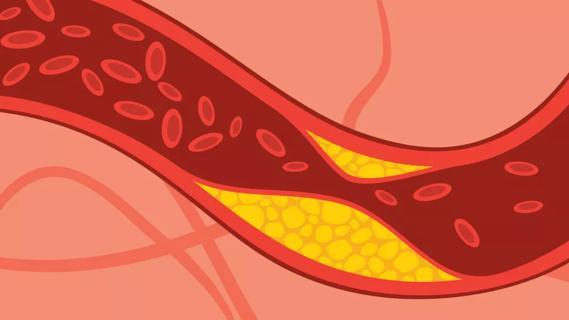
LDL cholesterol and lipoprotein (a) cholesterol are more likely to stick to your arteries and lead to dangerous heart events
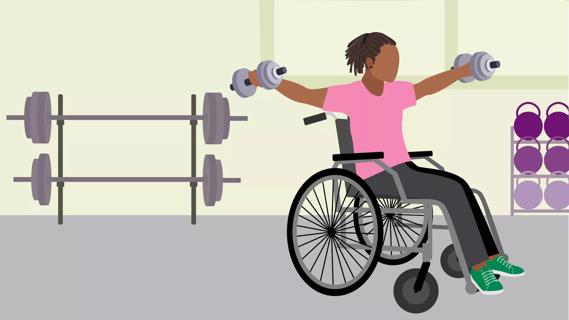
Resolve to move a little more, drink a little less, eat a little healthier, sleep a little better and destress a lot
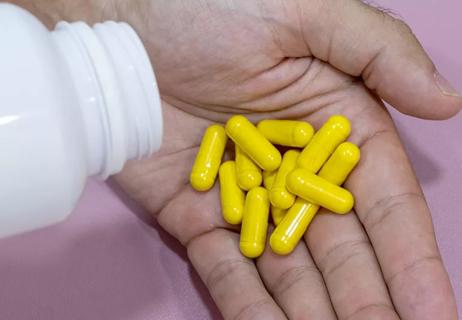
The natural supplement may help with weight loss, lower blood sugar and protect your heart
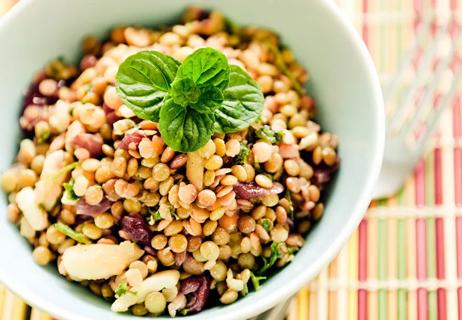
From blackberries to barley, healthy high-fiber foods are plentiful
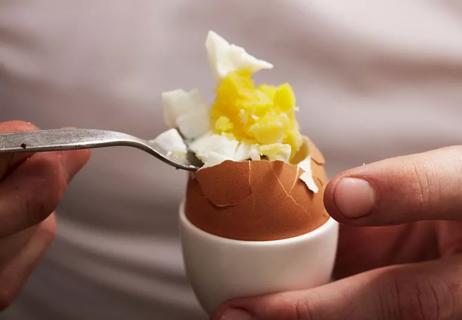
If you’re eating more than one egg per day, you might want to cut back
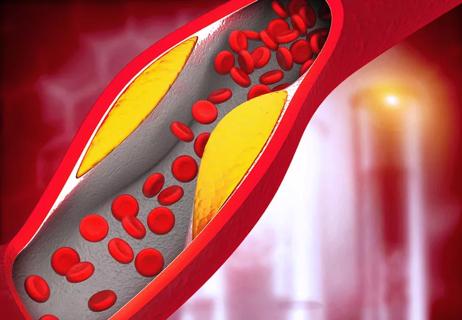
Your family tree may increase your risk of high cholesterol and heart disease
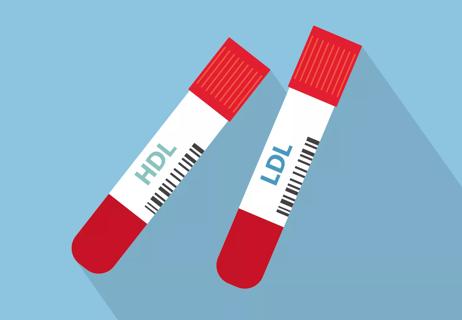
Understanding the difference between ‘lousy’ and ‘healthy’ cholesterol can help you keep your heart healthy

Spoiler alert: The potential benefits of drinking alcohol may be a tad overstated

Type 2 diabetes isn’t inevitable with these dietary changes

Applying a hot or cold compress can help with pain